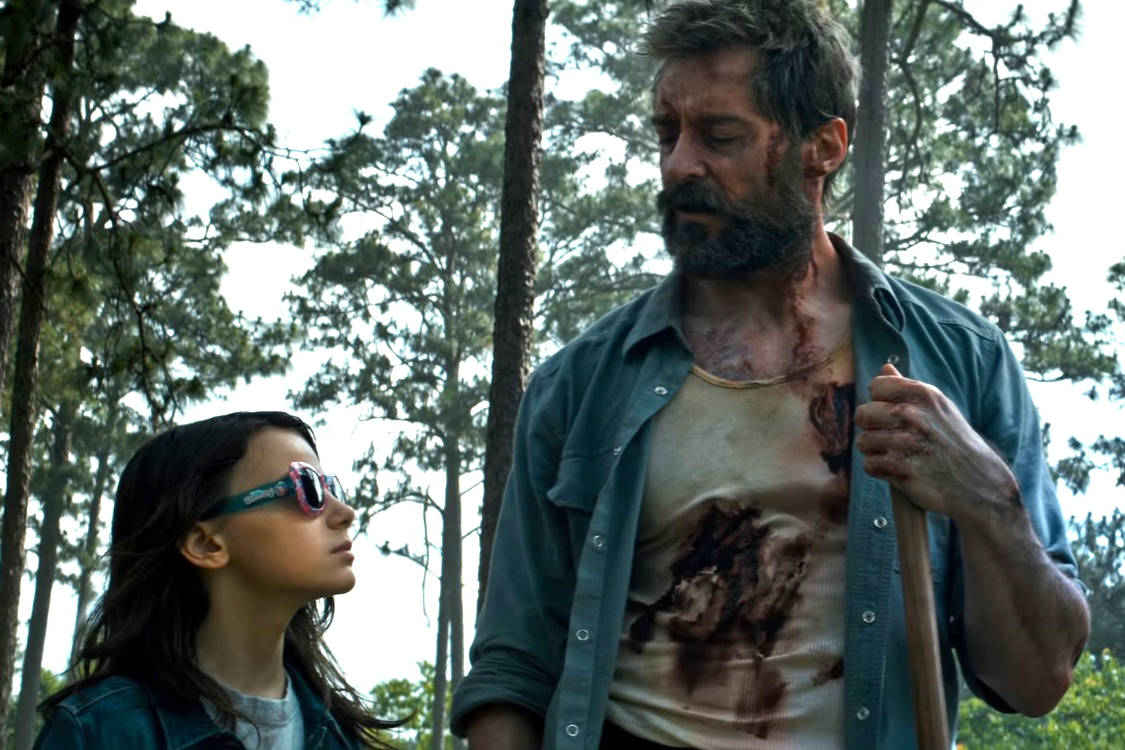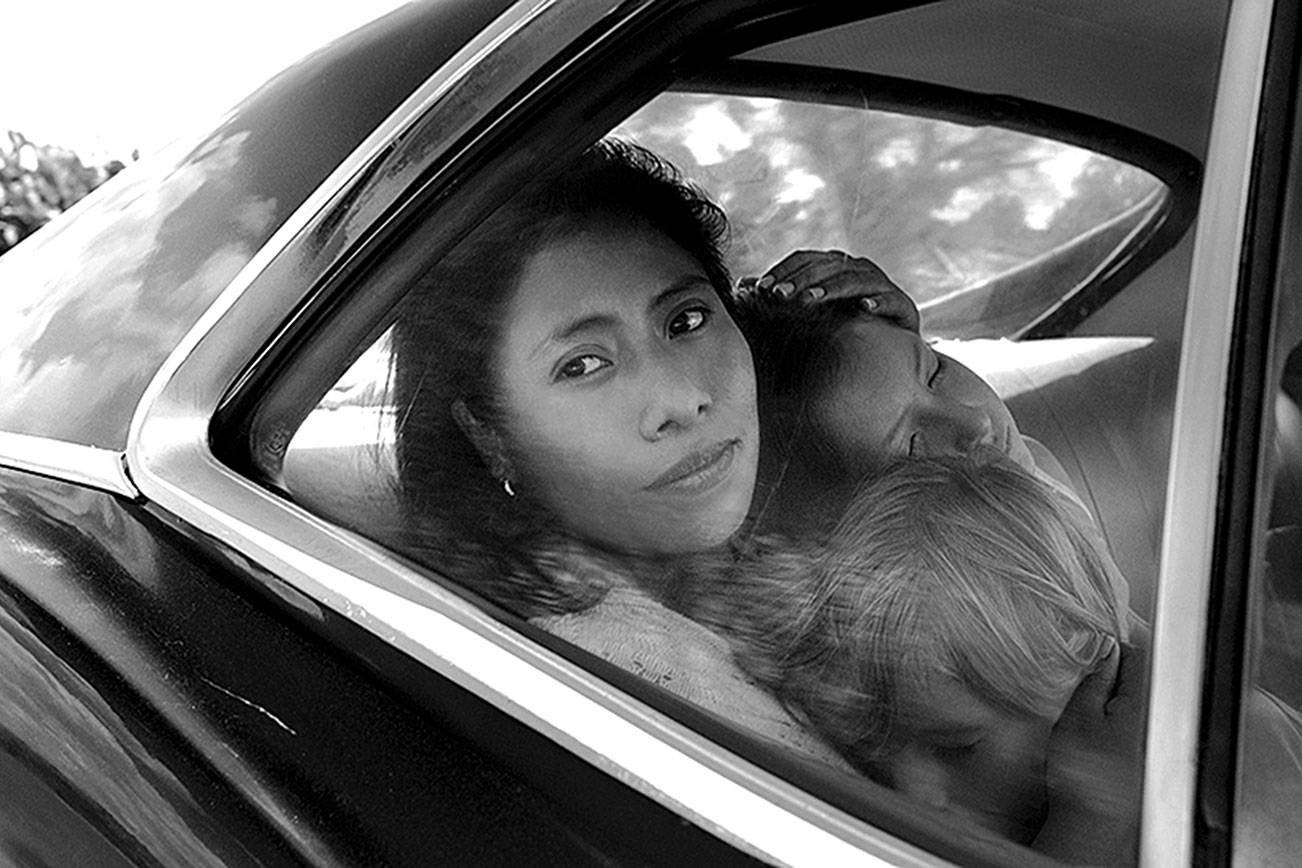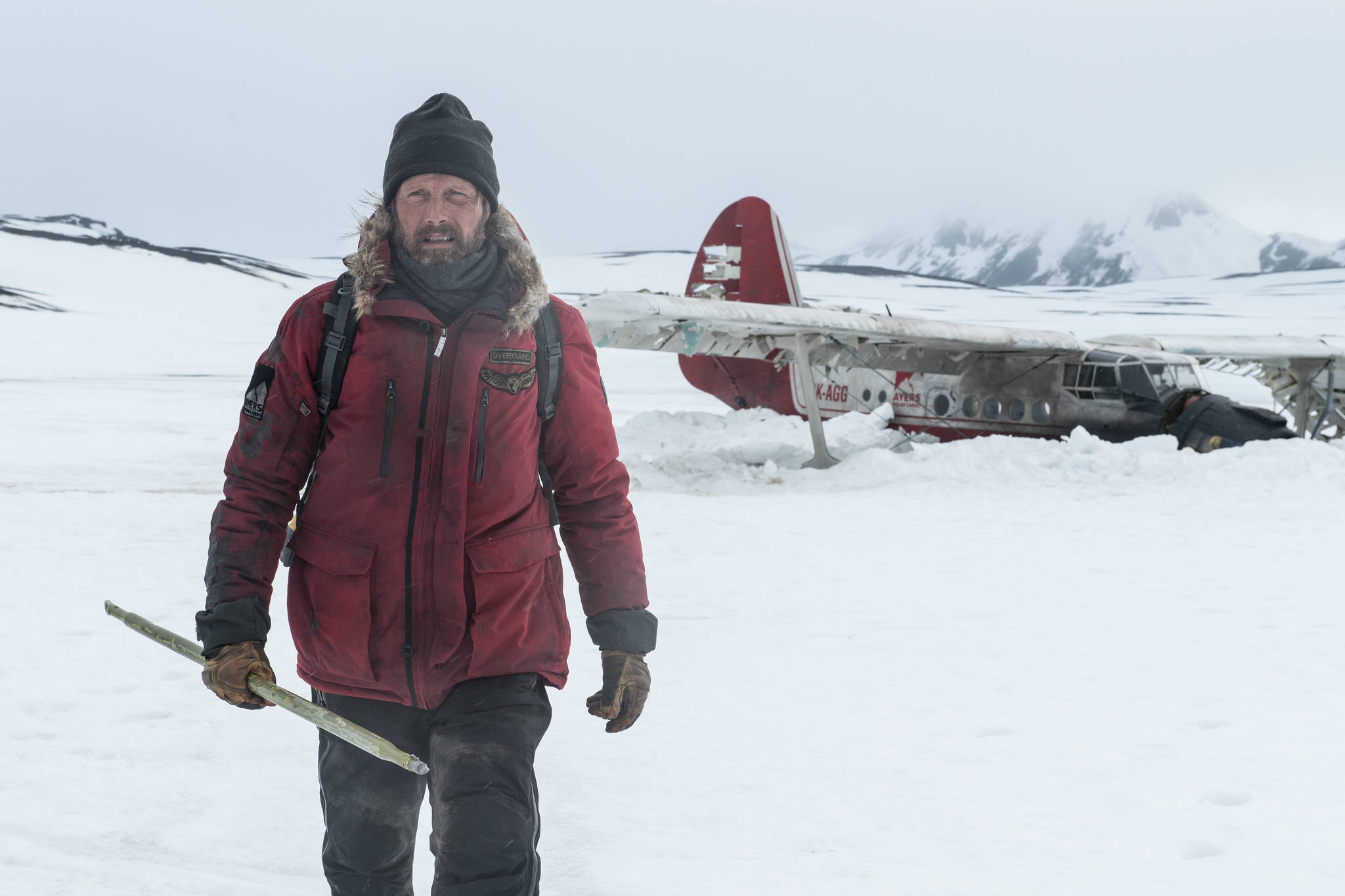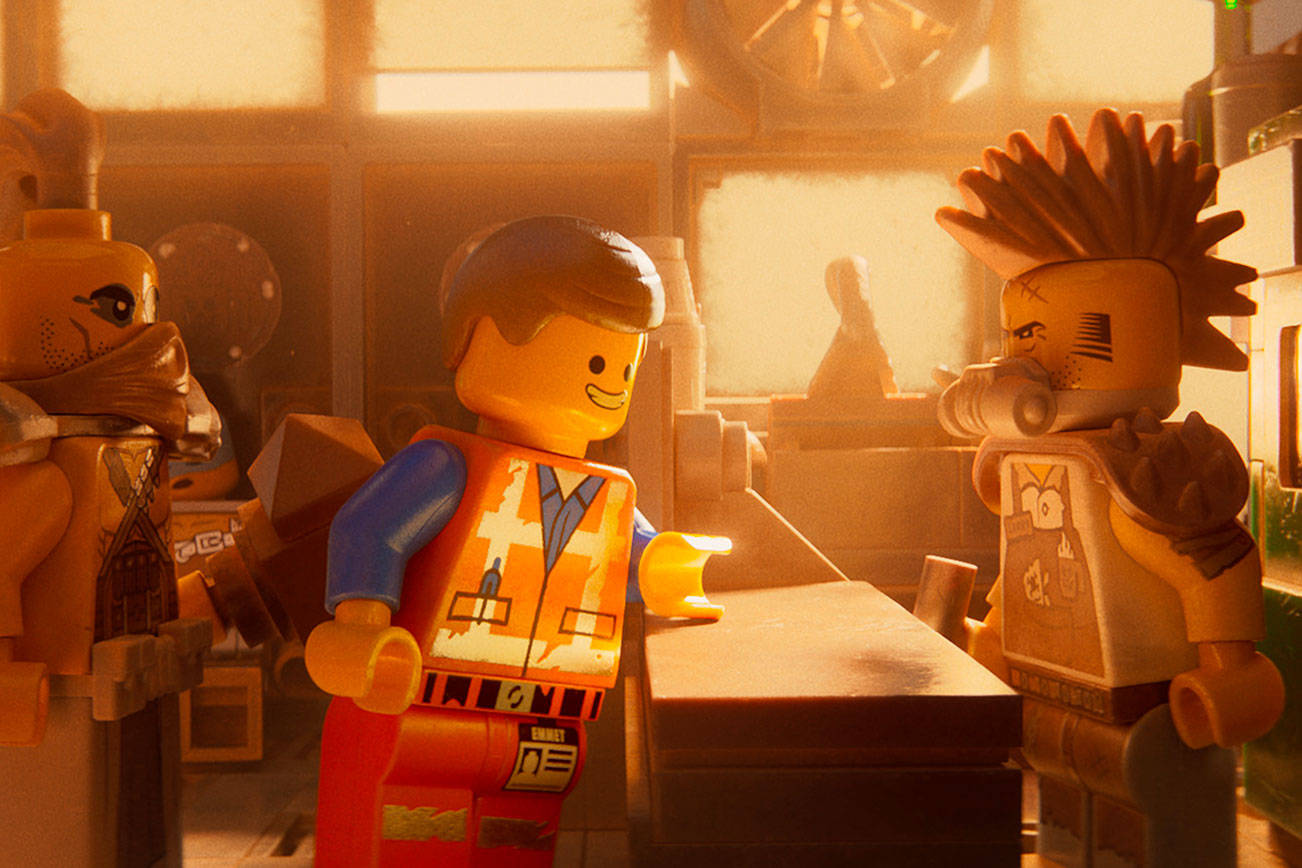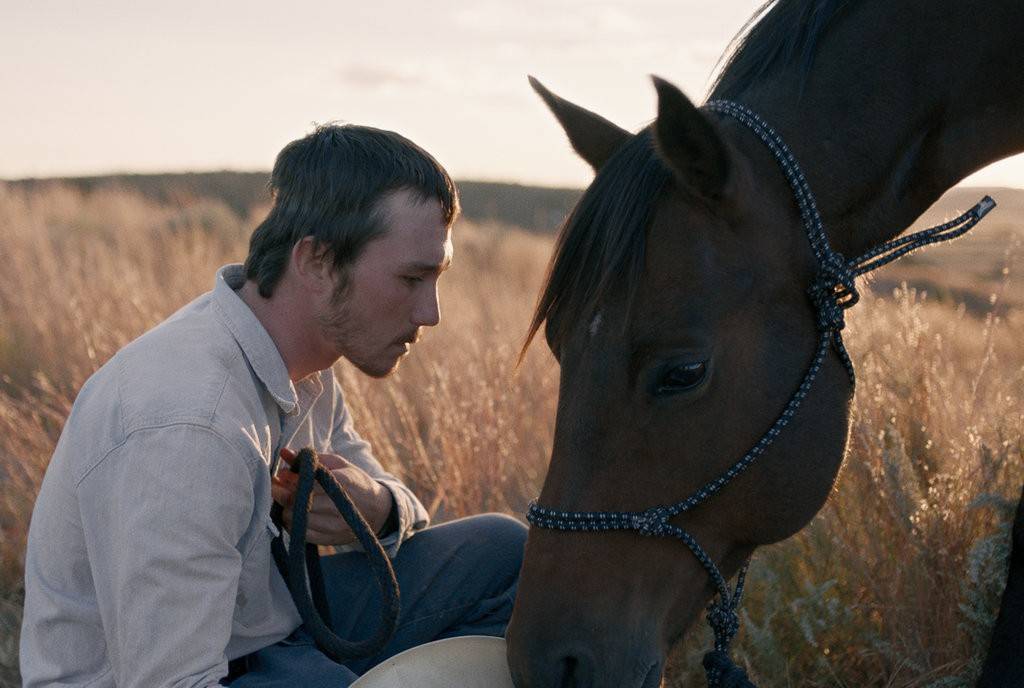Listen, if your bones were fused with adamantium, if you’d already outlived a normal lifespan, and if your mutant healing factor had weakened lately, you’d be tired, too. Melancholy, even. Such is the state of the Wolverine (Hugh Jackman) as we meet him in the latest Marvel movie offering, Logan. Wolverine’s place in the comic-book universe had already been tapped for X-Men spinoffs, and frankly nothing could have sounded less enthralling then another turn with this particular hairy-handed gent. So, anyway: Logan turns out to be not only the best Marvel film since Guardians of the Galaxy, but a gratifying piece of movie storytelling in its own right.
I throw the word “storytelling” in there because so many comic-book films have followed a ramshackle outline of destruction and wisecracks, all squeezed through the straightjacket of fulfilling some larger canvas—pity the poor screenwriter who must make certain an Ant-Man quip doesn’t contradict a past Avengers film or a future Spider-Man installment. Logan is actual storytelling. The film knows it, too: There’s a scene in which the characters sit around watching Shane on TV, and Logan (though it does pay the required heed to X-Men history) indeed has some of the clean storytelling lines of a classic Western.
The film, set some years in the future, finds Wolverine greatly aged and on the run. He lives in secrecy in some sort of Arizona warehouse, along with his bald, gangly mutant pal Caliban (Stephen Merchant, inspired casting). They tend to Professor Charles Xavier (Patrick Stewart, returning to the role), who is in the early stages of dementia. His formidable telepathic powers, when uncontrollably unleashed, make his brain “a weapon of mass destruction,” so he must receive regular injections. Logan becomes a road movie after our beclawed hero meets a little Hispanic girl (Dafne Keen) with whom he shares an association. Also, bad guys (led by Richard E. Grant and Mad Max-y Boyd Holbrook) are hunting the good guys.
Director James Mangold did The Wolverine, the 2013 chapter of this saga, but Logan is better than that by half. Mangold has always seemed like a smart filmmaker who gets mixed results (I Walk the Line was notably in the plus column), and his pop instincts finally come together here. The screenplay by Mangold, Scott Frank, and Michael Green is written in big pulp flourishes, full of traditional heroes and villains, with death hanging over everything. Wolverine himself, in the classic manner of indestructible outcast protagonists, seems to yearn for the relief of death (Jackman, who can be such a lightweight presence outside this franchise, has never been better). Even the slightly futuristic setting is tossed off in a cool way; it may take you a few moments to realize—during an obligatory highway chase—that the long-haul trucks in the scene are all driver-less. Mangold is freed up by the R rating, which allows for a few startlingly intense scenes of violence—this is not one of those superhero movies where nobody ever hurts.
On paper, the whole thing about Wolverine and the little kid ought to be saccharine and trite. Yet Logan does even this cliché right, folding it into a larger subplot about discarded children trying to migrate across the U.S. border—away from America, as it happens. (Mull that over for a moment: The heroes of a Hollywood blockbuster are fleeing terror by trying to escape America.) And lest that sound like a pulp franchise overreaching for relevance, rest assured that it fits into this film’s grim pulp-fiction universe with ease. The most haunting sequence is Logan’s brief stay with a happy middle-American family, which turns out wretchedly not just because, as Logan says, “Bad things happen to people I care about,” but because something’s messed up in the society at large.
Nobody needs to call Logan a masterpiece. But it’s heartening to see a blockbuster-minded movie this well made, one that ticks all its genre boxes and delivers a potent emotional punch. Maybe the Marvel master plan doesn’t have to be a death spiral after all. Logan, Rated R. Opens Fri., March 3 at various theaters. film@seattleweekly.com
